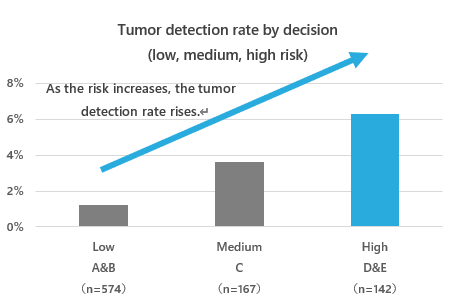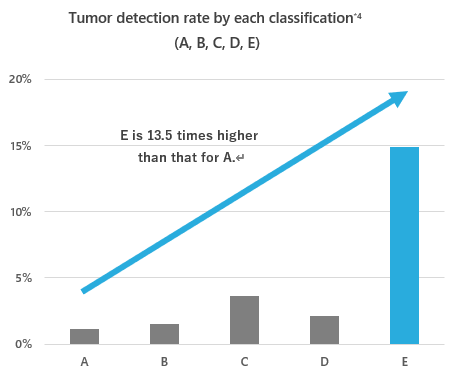Preliminary Cancer Detection Rates After Use of N-NOSE Dogs Released
2024.02.29
HIROTSU Bioscience Inc. (Head Office: Chiyoda-ku, Tokyo, Representative: Takaaki Hirotsu, hereinafter referred to as “HIROTSU) has verified the cancer detection rate*1 from the claim data after the use of “N-NOSE Dogs” based on the insurance claim information of Anicom Insurance Inc. (Head Office: Shinjuku-ku, Tokyo, Representative : Shingo Noda, , hereinafter referred to as “Anicom”).
Cancer is the leading cause of death in dogs. The number of deaths per age group is rising sharply, especially after the age of 5~6 years, and it is known that 21% of all deaths at the age of 10 years are due to cancer. *2 Therefore, as in the case of humans, early detection of cancer in dogs is considered to be important.
In order to ensure that our service “N-NOSE Dogs”, which is linked to early detection of cancer in dogs, can be used by all, we have conducted a survey on tumor claims after the use of “N-NOSE Dogs”. The survey was conducted on 883 cases among Anicom’s pet insurance policyholders who used the “N-NOSE Dogs” service and were sent the results between mid-June and mid-September 2023, to determine whether they received tumor treatment. The results of this survey are calculated based on the information on claims submitted to Anicom Insurance after medical treatment related to the tumor.
■Survey Report
– Of the 883 canine subjects*3 who underwent the “N-NOSE Dogs” test, 22 cases (2.5%) underwent tumor treatment and submitted insurance claims.
– 1.2% for low risk (A, B), 3.6% for medium risk (C) and 6.3% for high risk (D, E)
– As for each risk assessment, the tumor detection rate for Result A was 1.1%, whereas the tumor detection rate for Result E was 14.9%, approximately 13.5 times higher.
■Survey Summary
▶Targets
“N-NOSE Dogs” users which decision results (A to E) were disclosed between mid-June and mid-September 2023*4
▶Number of cases
883 cases
▶Method
Data aggregation based on insurance claim details.
▶Items
1. Tumor detection rate by judgment group (low, medium, and high risk)
2. Tumor detection rate for each judgment*5 (A, B, C, D, E)
■Survey Results
1. Tumor detection rate by decision group (low, medium, and high risk)

The tumor detection rate in the low-risk group (A, B) was 1.2%, in the medium-risk group (C) 3.6%, and in the high-risk group (D, E) 6.3%, Thus, the tumor detection rate in the high-risk group was 5.2 times higher than that in the low-risk group..
2. Tumor detection rate by each classification

The tumor detection rate for the E was approximately 13.5 times higher compared to the A.
*1 Percentage of the number of dogs for which claims were made that fit the following criteria.
・Must have a claim for surgery for a tumor.
・Continuous claims with tumor at least 5 times.
*2 Anicom White Paper on Household Animals 2023 Causes of death in dogs at age 10
*3 Only test results linked to contract information
*4 Includes continuing treatment from prior to disclosure of test results and treatment of suspected recurrence with previous treatment.
*5 “N-NOSE Dogs” results are determined on a 5-point scale from A, B, C, D, and E, in descending order of risk from lowest to highest.